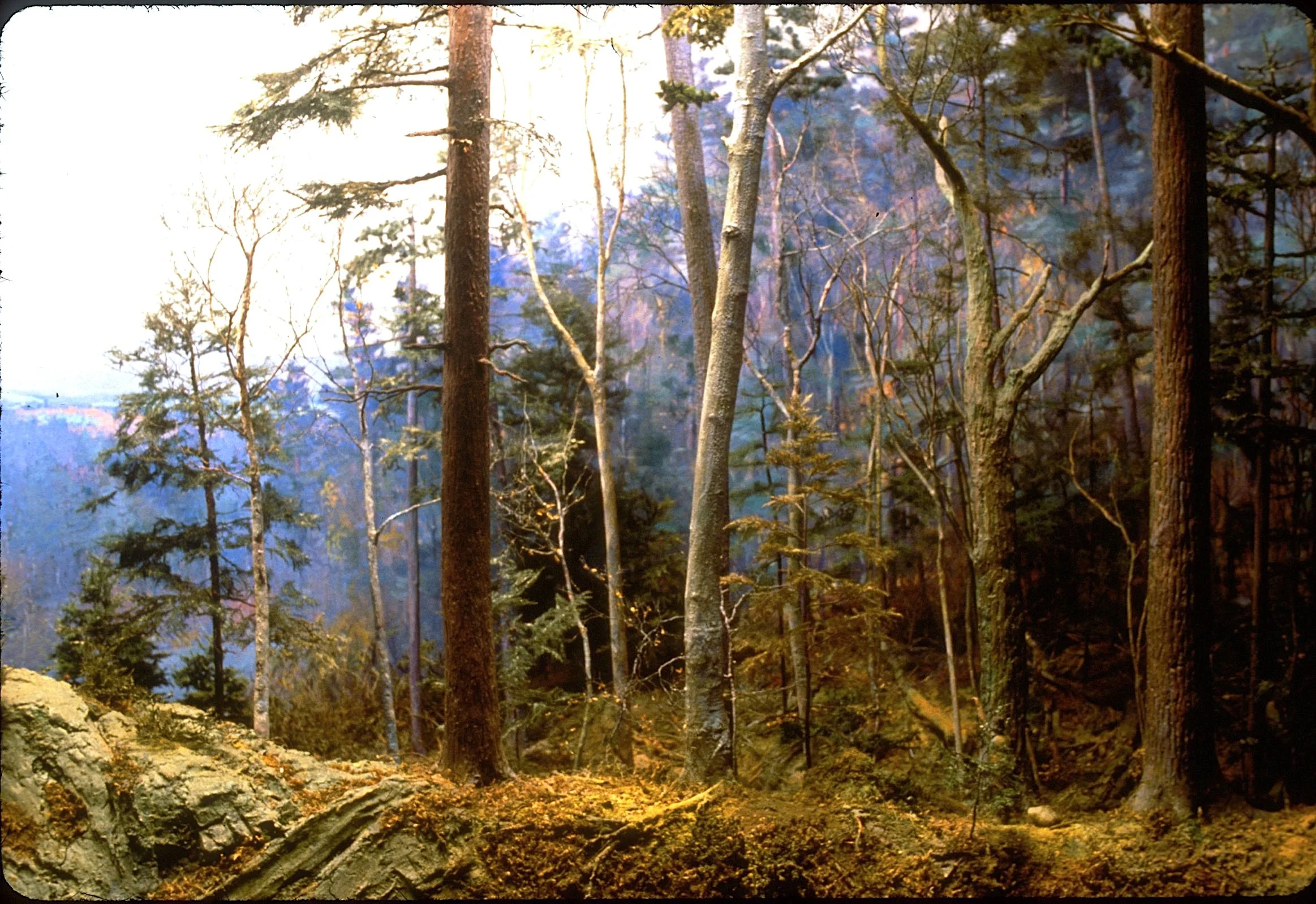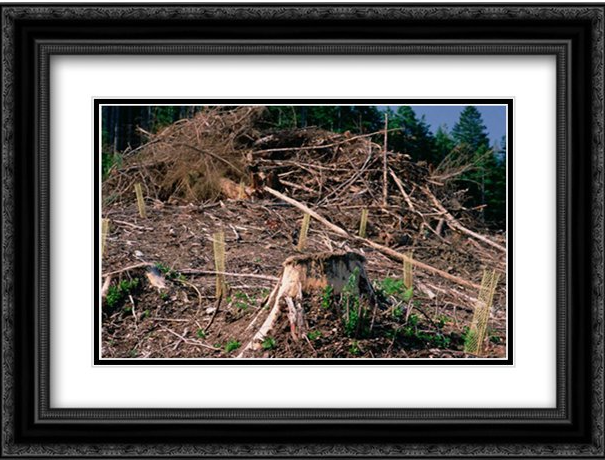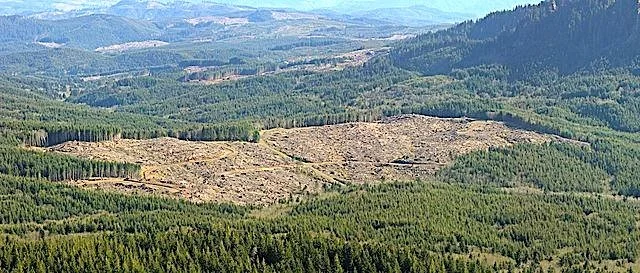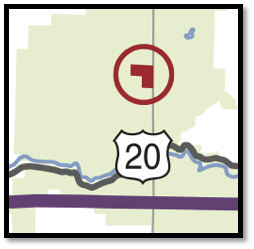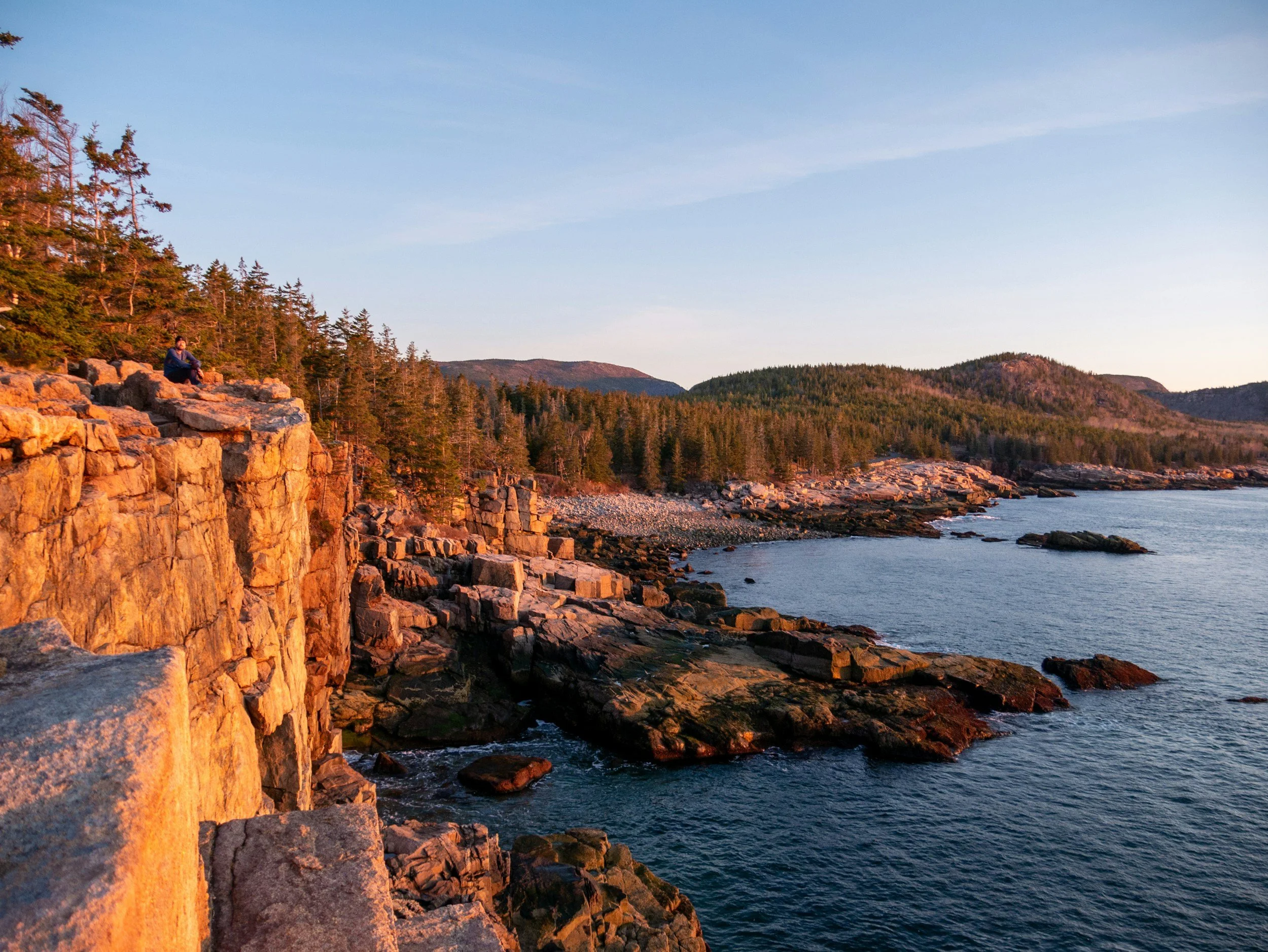Sort By Category
- 30x30
- Administration
- Antiquities Act
- Book Reviews
- Bureau of Land Management
- Climate Change
- Climate change
- Coasts
- Congress
- Counties & Federal Lands
- Courts
- Courts & Litigation
- Department of Agriculture
- Department of Interior
- Deserts
- Ecological Reserves
- Ecosystems
- Elections
- Endangered Species
- Energy
- Estuaries
- Federal Lands
- Fish
- Fish and Wildlife Service
- Forest
- Forest Fires
- Forest Service
- Forestry
- Forests
- Grasslands
- Land & Water Cons. Fund
- Land & Water Conservation Fund
- Legislation
- Litigation
- Livestock Grazing
- Marine Protected Areas
- Marine Sanctuaries
- Mature & Old-Growth Forests
- Mature and Old-Growth Foresrts
- Mining
- Nat'l Conservation Lands
- National Forest System
- National Marine Sanctuaries
- National Monuments
- National Monuments Act
- National Park Service
- National Park System
- National Parks
- National Recreation Area
- National Scenic Area
Sort By Tag
- 1002 area
- 30x30
- 5th Amendment
- ANWR
- Acadia National Park
- Adam Smith
- Administrative Procedure Act
- Advancing Conservation and Education Act
- Alan Bates
- Alan Deboer
- Alaska
- Alaska National Interest Lands Act
- Alaska Native Claims Settlement Act
- Aldo Leopold
- American Forest Resource Council
- American Prairie Reserve
- American Tree Farm System
- American beef supply
- American black duck
- American woodcock
- Ammon Bundy
- Ancient Forest National Park
- Anders Eskil Carlson
- Andrea Salinas
- Andrew N. Gray
- Andy Kerr
- Animal unit month
- Ansel Adams
- Antiquities Act
- Applegate Primitive Backcountry Area
- Aqua Fria National Monument
- Aquatic Conservation Strategy
- Aquatic Conservation and Riparian Strategy
- Arches National Monument
- Arches National Park
- Arctic National Wildlife Refuge
- Areas of Critical Environmental Concern
- Army Corps of Engineers
- Association of O&C Counties
- Astoria Canyon
- Astoria Fan
- Atlantic Coast
- Augusta Canal NHA
- Avarna Group
- Avi Kaw Ame
- BLM Conservation Rule
- BLM Zone 3 Lands
- BOEM Oregon Planning Area
- Baboquivari Peak Wilderness
- Baker County
Forests in the American East, Part 1: A Pandemic of Shifting Baseline Syndrome
This is the first of a three-post examination of forests in the American East. Part 1 diagnoses an “environmental generational amnesia” that makes people think it is okay to not have real (old-growth) forests and to tolerate, if not facilitate, massive and repeated clear-cutting and/or deforestation in the name of creating “early successional habitat” for species of wildlife that we need not be concerned about. Part 2 will shed light on a conspiracy of self-interested timber companies, misguided public land foresters, misinformed wildlife biologists, and Kool-Aid-drinking conservationists. Part 3 will suggest ways to partially—but significantly—bring back the magnificent old-growth forests that have long been lost.
Preforests in the American West, Part 2: “Reforestation,” By Gawd?
This is the second of a two-post exploration of the stage of forest succession that occurs after a stand-replacing event and before the canopy again closes and dominates the site. Part 1 discussed why preforests are valuable, if undervalued. Part 2 addresses management of preforests to preserve their ecological value.
Preforests in the American West, Part 1: Understanding Forest Succession
This is the first of a two-post exploration of the stage of forest succession that occurs after a stand-replacing event and before the canopy again closes and dominates the site. In Part 1, we discuss why preforests are valuable, if undervalued. In Part 2, we will address management of preforests to preserve their ecological value.
The Oregon Private Forest Accords, Part 2: Grand Bargain, Mere Détente, or Great Sellout?
This is the second of two Public Lands Blog posts that are not about public lands but rather the conservation of public resources on private land. I offer my take on the Oregon Private Forest Accords (OPFA) because several readers asked for it. Part 1 examined the Oregon OPFA deal and its significance. Part 2 examines whether the OPFA is a grand bargain, a mere détente, or a great sellout.
The Oregon Private Forest Accords, Part 1: The Deal and Its Significance
This is the first of two Public Lands Blog posts that are not about public lands but rather the conservation of public resources on private land. I offer my take on the Oregon Private Forest Accords (OPFA) because several readers asked for it. Part 1 examines the Oregon OPFA deal and its significance. Part 2 will examine whether the OPFA is a grand bargain, a mere détente, or a great sellout.
30x30: Biden’s Bait and Switch
A preliminary report to the National Climate Task Force recommending a ten-year, locally led campaign to conserve and restore the lands and waters upon which we all depend, and that bind us together as Americans.
The Other Anti-Public-Lands Constituency: Left-Wing Extremists
The public lands conservation community has long been wary of the existential threat to the nation’s public lands posed by a fringe group of right-wing crazies who seek to privatize public lands (perhaps via a brief period of state or county ownership).
Certified Wood from National Forests? No. Make That Hell No!
An effort is presently afoot in one forest certification organization (and it will be followed by others) to certify federal public forestlands within the National Forest System. To date, forest certification has centered on privately owned lands or some state-owned “public” lands. Certifying federal public forestlands is a foolish idea that should be abandoned at once.
Where the Buffalo Roam
The American Prairie Reserve is big, bold, beautiful, and outside the box. It is being assembled by the eponymous conservation organization in a generally inside-the-box way. The organization is buying ranches from willing sellers and continuing to pay the property taxes. It is continuing to lease state and federal lands for grazing and paying the grazing fees.
The Public’s Wolves on Public Lands
The government that would become Oregon got its start in 1843 when some early European invaders met in the mid–Willamette Valley to discuss predatory wildlife attacking livestock. A result was the first bounty on wolves.
Defensible Space: The Best and Only Hope for the Homeowner In or Near a Forest
If one is going to live in or near a forest, one assumes a higher risk of fire. The best way to minimize that risk is to seriously and continually create and maintain defensible space. It’s not cheap. If it were, it would have been done already.
Energy Exploitation on Federal Public Lands? Not!
While climate change is an existential threat and the world must move rapidly from nonrenewable carbon fuels to carbon-free renewable energy sources, the public lands need not be industrialized to save Earth as we know it.
Federal Payments to Timber-Addicted Counties
Until the first judicial injunctions brought most logging of northern spotted owl habitat to a halt, the monies came mostly from the sale of old-growth forest. These forests were being logged at a rate of more than three square miles each week on federal public forestlands in Oregon
Privatizing Federal Public Lands in Western Oregon
Following are seven examples of high-public-value BLM Zone 3 lands in western Oregon that should be reclassified or transferred. The parcels in question are shown on the map segments to the left of their descriptions. I’m confident that a similar analysis of BLM eastern Oregon lands will yield similar examples.
Converting Private Timberlands Back to Public Forestlands
History has shown we cannot rely on the private sector to conserve forests, protect drinking water, and provide other public values, including wildlife habitat, recreation opportunities, and scenic views. The private values of timberlands are in conflict with these public values and are driven by a desire to maximize profit, return on investment, and net present value.
The Maine Woods: A National Treasure in Need of National Protection
A Maine Woods National Monument would be the embryo of a Maine Woods National Park that could grow in size and allow the trees to again grow as tall as they used to. Image by: Raphael Assouline @raph_asln
